The Challenge and the Solution
Exploring other worlds requires collecting and studying soil and rock samples to uncover planetary secrets. With NASA’s Artemis program set to return humans to the Moon and eventually reach Mars, innovative sample collection methods are critical. One such groundbreaking solution is the Lunar PlanetVac (LPV), a device designed to simplify and revolutionize extraterrestrial material collection and analysis.
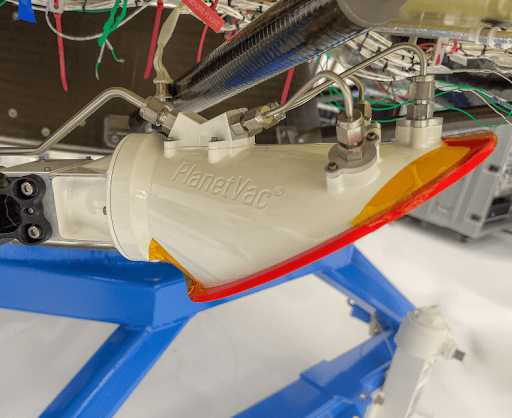
At Space India, during the “Space Explorers Workshop”, “Hydrobot” participants are introduced to the science of hydraulics. They learn about Pascal’s law and how it can be used to make these machines work. They learn the use of hydraulics in space and understand the use of robotic arms in space science such as the Canadarm in the International Space Station and the Curiosity rover arm. They work like engineers to create their own robotic arm that works on the principle of hydraulics. This workshop gives them an idea on How a huge rocket is erected up for launch. How do big machines like excavators, dumpers, and cranes work? as students are always curious to know how the world around them works.
What Is the Lunar PlanetVac?
The Lunar PlanetVac, or LPV, is a pneumatic, compressed gas-powered sample acquisition system developed by Honeybee Robotics, a subsidiary of Blue Origin. Unlike traditional methods involving mechanical arms or digging tools, LPV uses pressurized gas to stir up lunar regolith—the loose, dusty material on the Moon’s surface—and capture it for analysis both on-site (in situ) and back on Earth.
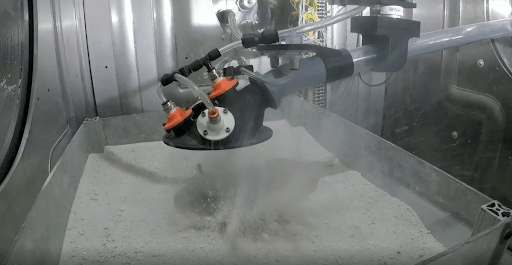
Attached to the Blue Ghost 1 lunar lander by Firefly Aerospace, LPV’s sampling head injects pressurized gas into the soil, creating a tornado-like effect that lifts particles. These particles, up to 1 cm in size, are funneled into a transfer tube with the help of secondary pneumatic jets. The captured material is sieved, photographed, and analyzed autonomously within seconds while adhering to planetary protection protocols.
Why Use a Pneumatic System?
A pneumatic system is used in PlanetVac because it simplifies the sample collection process by eliminating the need for complex mechanical parts that can wear out in harsh space environments. The pressurized gas efficiently stirs up lunar regolith and funnels it into a collection container, offering a lightweight, cost-effective, and reliable solution for gathering samples without relying on gravity or mechanical digging tools.
Proven Success: A Milestone in Lunar Missions
LPV’s deployment on January 15, 2025, aboard Firefly Aerospace’s Blue Ghost 1 lunar lander, marked a major milestone in planetary exploration. As part of NASA’s Commercial Lunar Payload Services (CLPS) initiative, this mission validated pneumatic sampling technology in a real lunar environment.
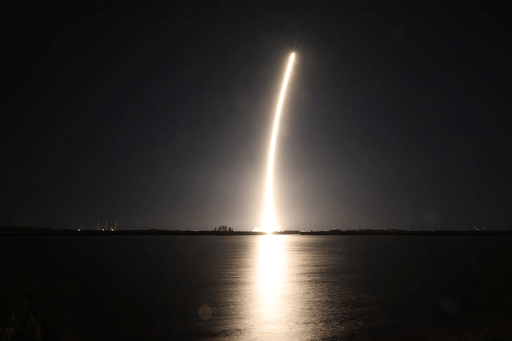
Prior to its lunar deployment, PlanetVac underwent rigorous testing to ensure its reliability:
- Vacuum Chamber Tests (2013): In a simulated lunar gravity environment, PlanetVac lifted 60 grams of regolith simulant using just 10 milligrams of pressurized nitrogen gas, proving its effectiveness in low-gravity conditions.
- Rocket-Borne Testing (2018): During a flight with Masten Space Systems’ Xodiac rocket in California’s Mojave Desert, PlanetVac collected over 300 grams of regolith in a single operation. This test validated its ability to withstand rocket launches and landings, including extreme heat, vibrations, and landing loads.
- Versatility in Simulated Environments (2013–2018): PlanetVac successfully collected simulated Martian soil, demonstrating its adaptability to a range of planetary atmospheres.
These tests underscored PlanetVac’s capability to operate effectively in diverse environments, making it a versatile tool for missions to the Moon, Mars, and beyond.
Why PlanetVac Matters
The pneumatic sampling system offers several advantages:
- Low Complexity and High Reliability: With just one moving part (the valve controlling gas flow), PlanetVac reduces failure risks compared to mechanical systems.
- Cost-Effective Sampling: Its lightweight design and low power requirements make it a more economical alternative to traditional methods.
- Flexibility Across Missions: PlanetVac can be easily integrated into various spacecraft designs and used to sample material from any planetary body covered in regolith.
- Enhanced Design: One of the innovative aspects of PlanetVac is its integration into the spacecraft. Instead of using additional mechanical tools, one of the feet of the lunar lander is converted into PlanetVac, enabling it to perform sample collection without additional hardware. In fact, more than one foot can be converted into PlanetVac, allowing for greater flexibility in future missions and ensuring efficient and reliable sample acquisition.
A Vision for the Future
PlanetVac’s successful launch to the Moon is more than a technical achievement—it’s a glimpse into the future of planetary exploration. By leveraging pneumatic technology, it demonstrates the potential for efficient, low-cost systems that not only collect and return samples but also conduct in situ analysis. This innovation reduces mission complexity, increases scientific returns, and opens up possibilities for exploring Mars, asteroids, and other celestial bodies.
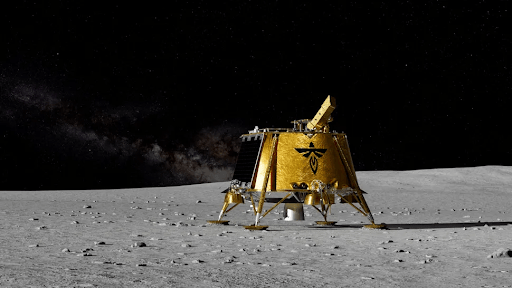
The successful deployment of PlanetVac on the lunar surface validates its reliability and versatility, showcasing its role as a transformative tool in humanity’s quest to understand the solar system. As NASA envisions similar technologies being applied to diverse missions, PlanetVac sets a new standard for sustainable, high-impact exploration.
—
If you like the blog, enroll your school or yourself (k-12 student) in our School Programs or Online Programs, call us at +91-74020 74020 or write to us for any query: getintouch@space-india.com
